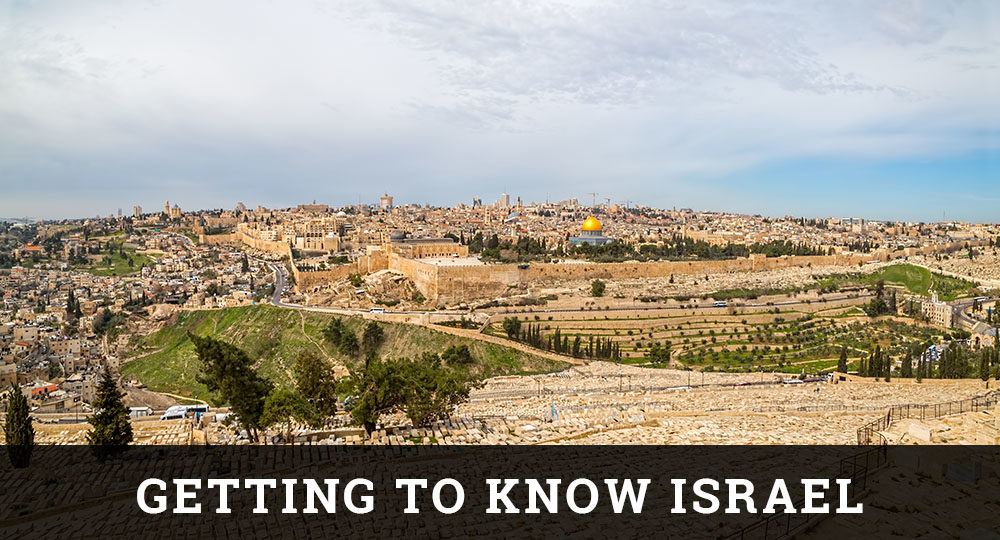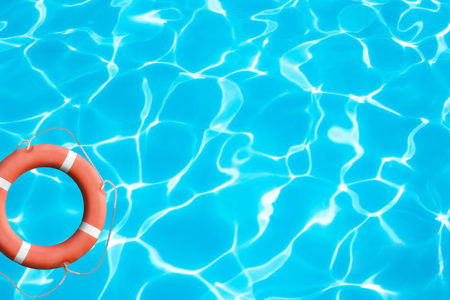The Sea of Galilee Part Three
Transitions can be very difficult, but most of us are called upon to make them from time to time. One of the most difficult transitions to make is a change of vocations. And, from a spiritual perspective, one of the more difficult vocational changes is from secular work to some form of ministry. Yet that is exactly what all of the Lord’s disciples were asked to do. For example, Jesus asked two brother teams to go from being fishermen to being “fishers of men” (Mt. 4:18–22). Still later, Peter made a most significant transition from being a fisherman (Jn. 21) to being a shepherd (1 Pet. 5) by way of Pentecost (Acts 2). But, no matter what the Lord eventually asked Peter to do, there were certain tools of the trade that he probably never forgot.
The Scriptures mention the use of fishing nets in several passages. Most people do not realize that in Peter’s day there were different nets used for different purposes. The first type of net is the seine or dragnet. This is one of the oldest types and was, for a while, the most important fishing method used on the Sea of Galilee. A second type is the cast net, used by a single fisherman. The third type is the trammel net, a layered net that could be used both vertically (pulled through the water) and horizontally (pulled on top of the water) to catch fish. Let’s take a brief look at each type of net and how it is described in Scripture.
The Seine Net
This dragnet is shaped much like a long net-wall, about 750 to 900 feet long and 25 feet high at its center, tapering to 12 feet high at its ends. The lower section of this net-wall is weighted down with sinkers (i.e., stones), and the upper section is kept afloat with cork or other floating materials. The dragnet is taken off shore about 200 to 300 feet and dropped parallel to the shore. It is then pulled in to shore with long ropes attached to either end by teams of up to 16 men, depending on the size of the net. As the fish are surrounded, their tendency is to dive to the bottom, but the weighted section of the net prevents their escape. When the net is brought close to shore, the ropes are carefully (and with great effort) pulled up on shore. The fish are then divided among the team members.
This dragnet method is mentioned in the Old Testament more than any other method. Habakkuk 1:14–15; Ezekiel 26:5, 14; and 47:10 are good illustrations, with the latter passages speaking of the “spreading of the net” to allow it to dry after cleaning. One of the more significant New Testament passages mentioning dragnet fishing and its result is Matthew 13:47–48. As the net is drawn to shore, all kinds of fish are caught. When the fish are separated, the bad are thrown away. For the Jewish fishermen, the bad fish would be scaleless fish (e.g., catfish), which are forbidden to be eaten by law and are not even sold at the market. This fishing illustration was used by Jesus to describe those who will be chosen for the Kingdom of God.
The Cast Net
This net is circular, measures 9 to 24 feet in diameter, has bars of weighted material around its edges, and is used by a single fisherman. The fisherman carefully arranges the net on his right arm and then forcefully throws it out into shallow water, either from a wading position or from a boat. He watches for a shoal or school of fish to appear and then casts the net over them. Once the net is cast, the weighted edges trap the fish inside. The fisherman can either dive into the water and pull out the fish he wants one by one, or he can gather all the sinkers, lift the edges carefully, and take the net into the boat or onto the shore. Having spotters on shore or looking down from the edge of the boat helps to locate the shoals of fish. (Perhaps this is what Jesus was doing for the disciples in John 21:4–6.) Mark 1:16–18 shows not only that the disciples were “casting a net” for fishing, but that they were called by Jesus to leave it all and follow Him, thus illustrating the action and cost of the transition. But as Luke records, it wasn’t only their nets that they gave up to follow Jesus; they also left boats and other fishing gear (Lk. 5:3), which meant a great deal to these men, especially Peter, who said, “Lo, we have left all and followed thee” (Lk. 18:28).
The Trammel Net
This net has both an ancient and modern tradition. It is still used extensively on the Sea of Galilee. The trammel net is a variation on the seine net. It has three layers: two outside, large mesh walls (about five-inch spacing) and one inner, fine-mesh wall (about an inch and a half spacing). These three walls are held together by a corked head rope and a weighted foot rope. The 100-foot net is lowered over the edge of the boat and dragged through the water with the assistance of another boat. This lowering and raising of the net is done several times during the night while fishing. At night the fish are not able to spot the netting as well as in the daylight. The fish swim through the outer wall, only to be trapped by the inner wall when they try to go through or back out. This entangling of the fish appears to be described in Ecclesiastes 9:12 and Job 19:6–8. Because of the design of the net and its method of entrapping the fish, constant mending is necessary. When the fishing is good (in season), fishermen fish at night and mend their nets during the day (see Mt. 4:21–22 and Mk. 1:19–20 for the Gospel writers’ descriptions of mending nets). When Scripture mentions mending nets, it probably refers to this multiple-layered trammel net rather than several individual nets.
Luke’s account of the miraculous catch of fish (5:1–11) depicts a wonderful intervention on the part of Jesus (the incarnate Creator) and is an excellent portrayal of fishing with the trammel net. Two boats were used by two pairs of fishermen; they fished at night and rinsed (and perhaps repaired) their nets in the morning. Jesus redirected the planned activity of these fishermen and helped them to recognize His creative Messianic stature. Not only was the catch of fish miraculous, but it caused at least one of the fishermen, Peter, to recognize the Lord’s holiness in contrast to his own sinfulness. (See also a similar response on the part of Isaiah (6:1–5) when he comprehended a demonstration of God’s holiness.) Trammel net fishing also seems to be behind the events of John 21:1–14.
Transitions—we are all called upon to make them from time to time. Perhaps we can learn some lessons from the fishermen-disciples on how to handle transitions and what it may cost us to make them, especially if it’s in the service of the Lord. (Note: The writer is deeply indebted to Gordon Franz for recommending Mendel Nun’s work The Sea of Galilee and its Fishermen, which provided much of the resource material for this article.)








